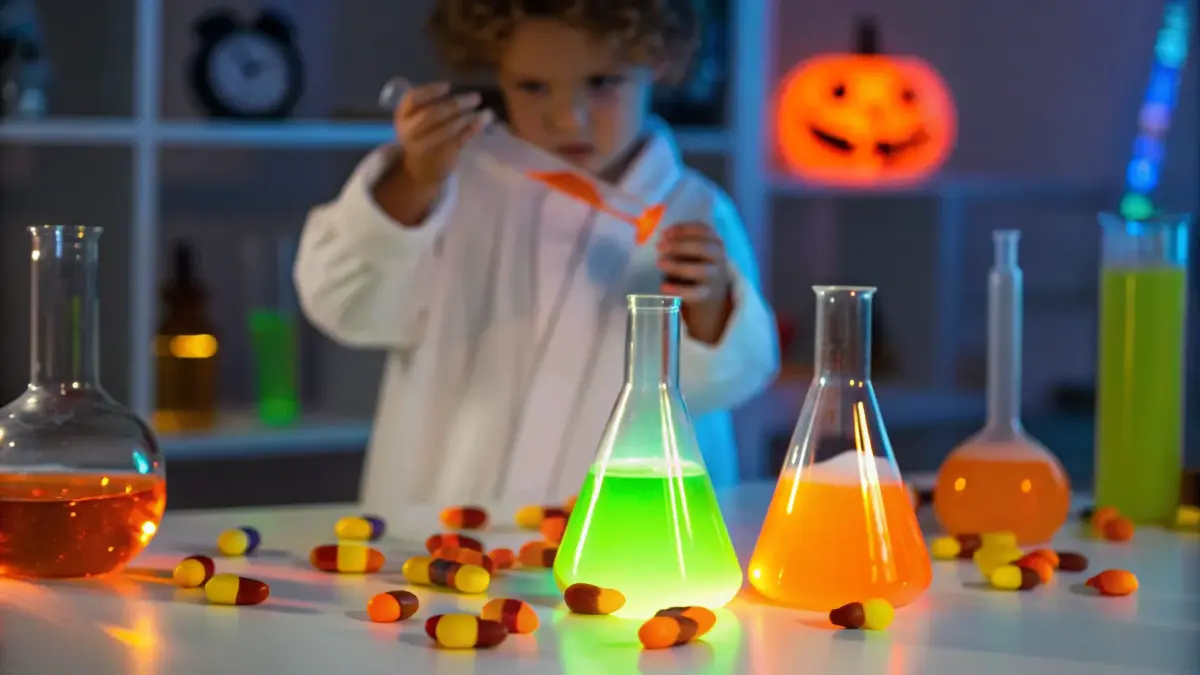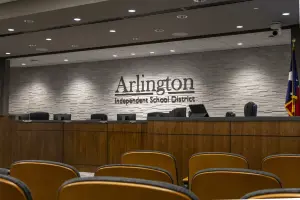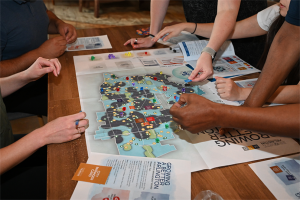Hill Elementary students learn science through Halloween experiments
Students in Arlington ISD's Hill Elementary School are learning science through engaging Halloween experiments during an event themed as Frankenstein Day.

Students in Arlington ISD's Hill Elementary School are learning science through engaging Halloween experiments during an event themed as Frankenstein Day.
Fourth grader Harris Hardy exclaimed "It's alive!" when he witnessed a fizzy chemical reaction in his cup. Harris, dressed as the Sesame Street character, was one of many students participating, while teachers embraced the spooky theme.
Principal Kasie Longoria highlighted the effectiveness of this approach, stating, "Kids learn best from people they love, and these teachers create an amazing environment." The driving force behind the event is teacher Kellie Pringle, who embodies Frankenstein's monster each Halloween. Pringle explained her inspiration came from a mentor who enthusiastically decorated her classroom, prompting her to adopt the idea, saying, "That’s the kind of teacher I want to be."
Each year, the school transforms its STEM Labs into a Frankenstein laboratory, thanks to the efforts of parents, teachers, and volunteers using donated materials. Inside these labs, participants engage in hands-on experiments tied to various science concepts. Nine-year-old Evelen Hartkopf particularly enjoyed creating DIY lava lamps to demonstrate states of matter. Ten-year-old Jayce Ray found the potion station most captivating, allowing him to apply his knowledge of mixtures.
Longoria added that events like Frankenstein Day create lasting memories for students, from pre-K to sixth grade. The morning reveals often leave students amazed, with Principal Longoria noting, "They walk in, see Ms. Pringle dressed as Frankenstein and they’re floored. Our kids here are from pre-K to sixth grade, and this is probably one of their core memories out of their whole experience in elementary school. They love it."
Ms. Pringle emphasized the educational benefits, explaining that connecting classroom concepts to real-world experiments makes learning stick. She believes these hands-on activities help students retain information better.




